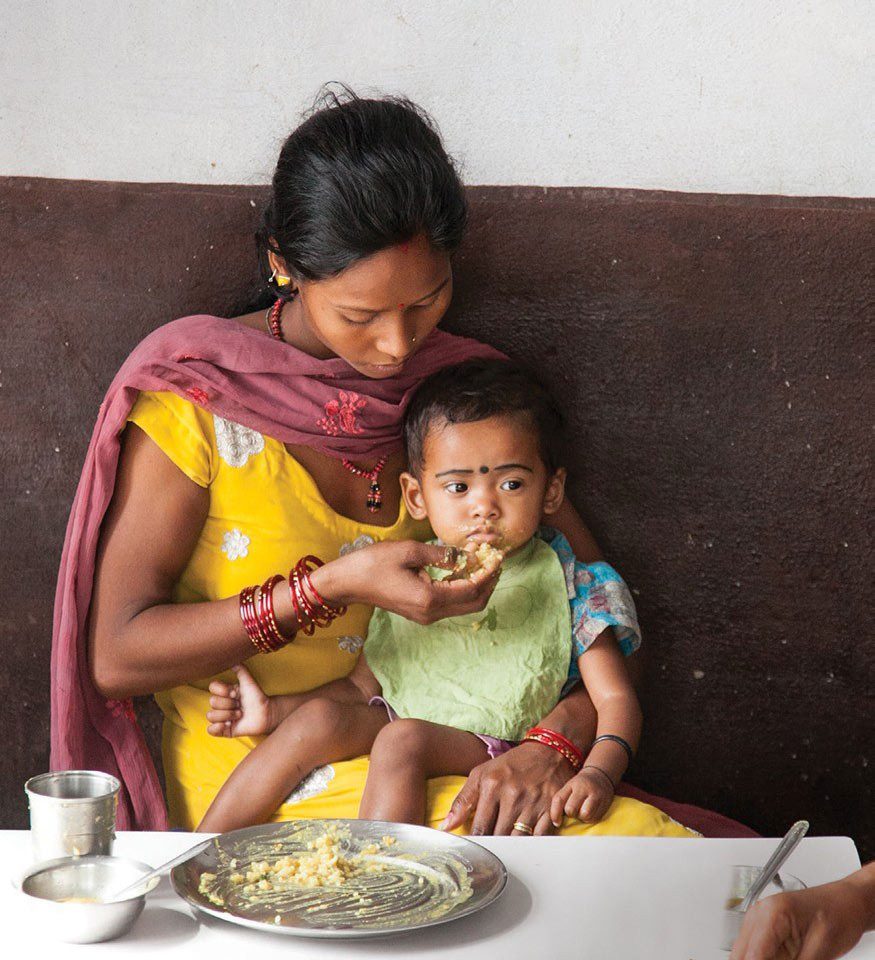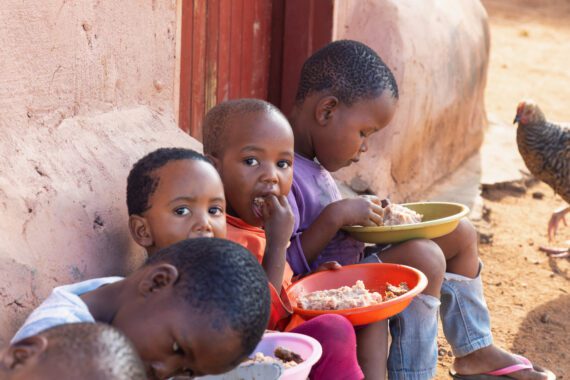By Jordan Teague
Bread for the World has long advocated for the U.S. government to strengthen its leadership and commitment to ending global malnutrition. Our research and analysis over the years, most recently in the 2020 Hunger Report: Better Nutrition, Better Tomorrow, demonstrates that better nutrition will require both better health systems and better food systems that put nutrition at the center of their efforts. Among the most critical actions donor countries and national governments can take to prevent and treat severe malnutrition are increasing their investments in evidence-based, high-impact nutrition services through the healthcare system, and making it easier for smallholder farmers, especially women, to produce and sell safe, affordable, and nutritious foods.
That’s why we are excited about a proposed new initiative called Nourish the Future. If it is adopted by the Biden administration, Nourish the Future would seek to prevent the deaths of 2 million children and improve the lives of 500 million women and children in nine Nourish the Future “focus countries.” It will improve nutrition outcomes by elevating nutrition as a priority in the countries’ health and food systems.
Improving nutrition through health systems
Under Nourish the Future, the U.S. government would increase funding for the most cost-effective tools available to fight malnutrition. Collectively known as the “Power 4,” these include prenatal vitamins for pregnant women, breastfeeding support for mothers, vitamin A supplementation, and treatment for severe malnutrition. As we’ve suggested before, these nutrition services would be integrated into the local health systems, which are often community-based and run by community health workers.
Improving nutrition through food systems
Ending global malnutrition calls for both good nutrition services and access to healthy, nutritious foods. Nourish the Future would build on Feed the Future by focusing even more intensely on supporting nutritious crops from farm to fork, particularly livestock, dairy, fruits, and vegetables. This will be much like the program USAID is implementing in Kenya that we have previously discussed.
Additionally, Nourish the Future would invest in food fortification (a process of adding essential nutrients to foods that improves their nutritional value), increasing women’s economic empowerment in agriculture, improving food safety, and reducing harvest loss.
Now is the time to act
Recent data shows that the world is confronting the worst of three scenarios that were projected earlier in the COVID-19 pandemic about its potential impacts on global malnutrition. By next year, nearly 14 million more children are likely to be severely malnourished because of the pandemic unless we do what’s necessary to prevent it. We need more funding to respond to increased malnutrition, and we need new ways of working together to reach our shared goals. Adopting Nourish the Future is an important part of U.S. support for the global effort to end malnutrition.
Jordan Teague is interim director, Policy Analysis and Coalition Building, Bread for the World.



